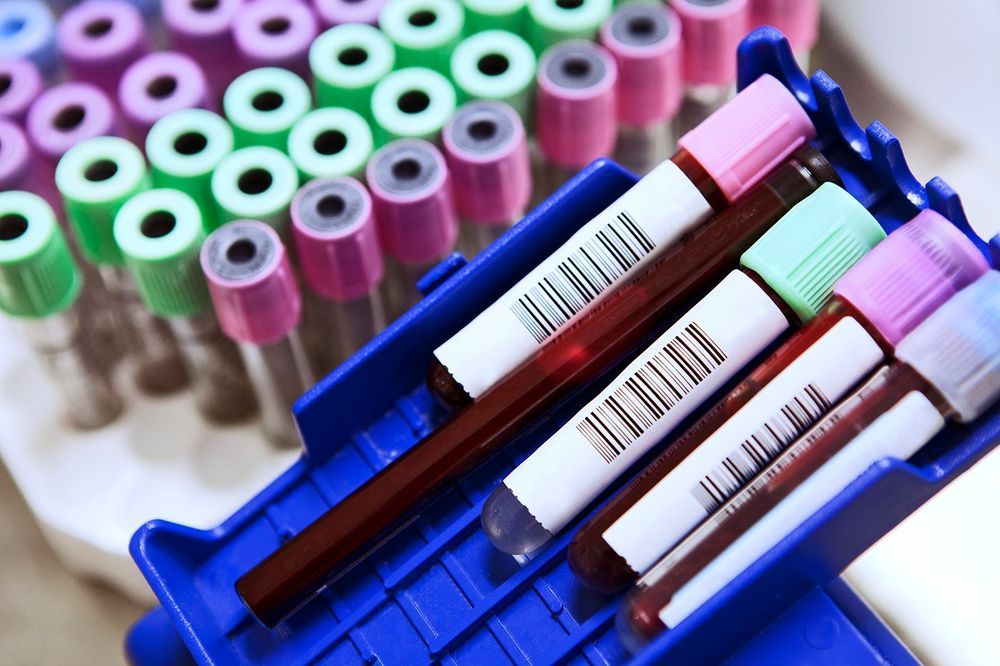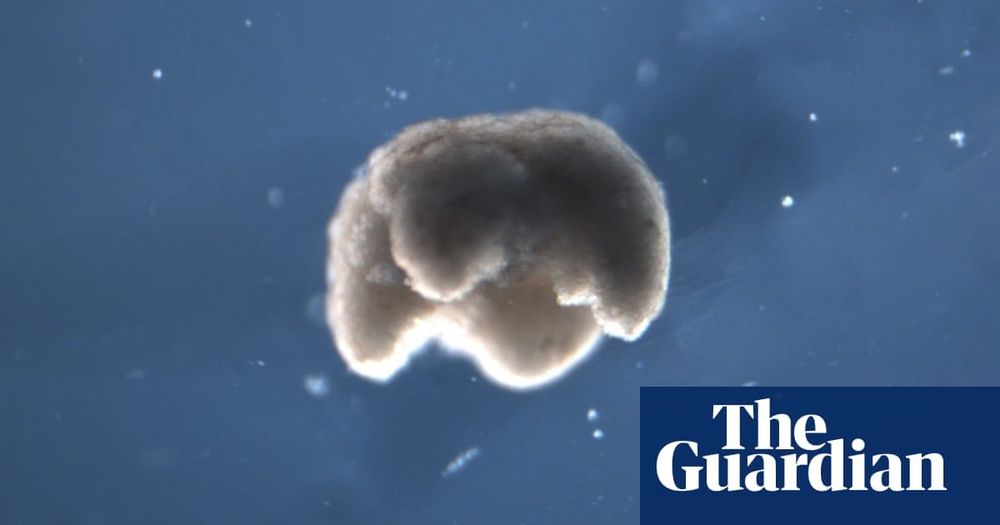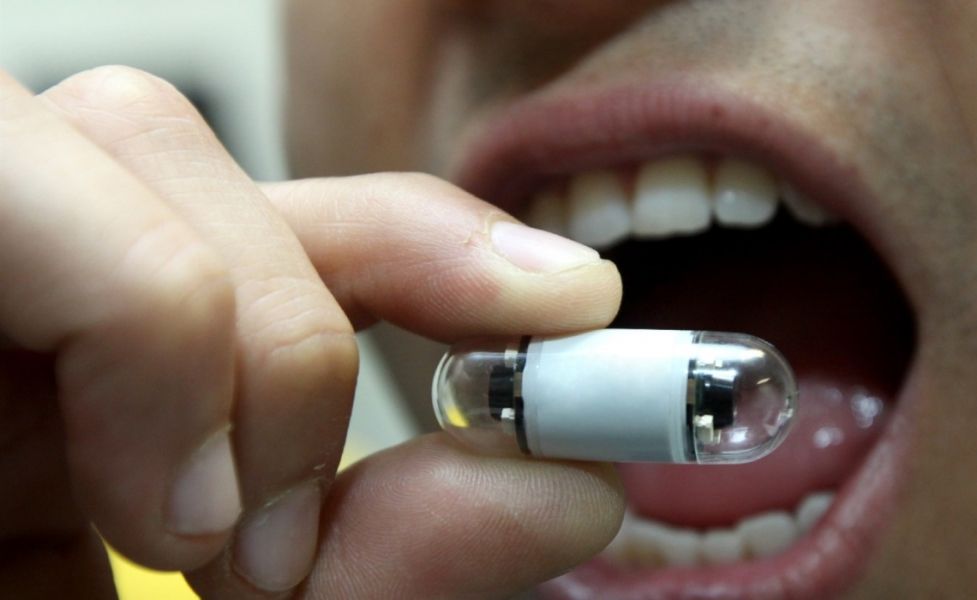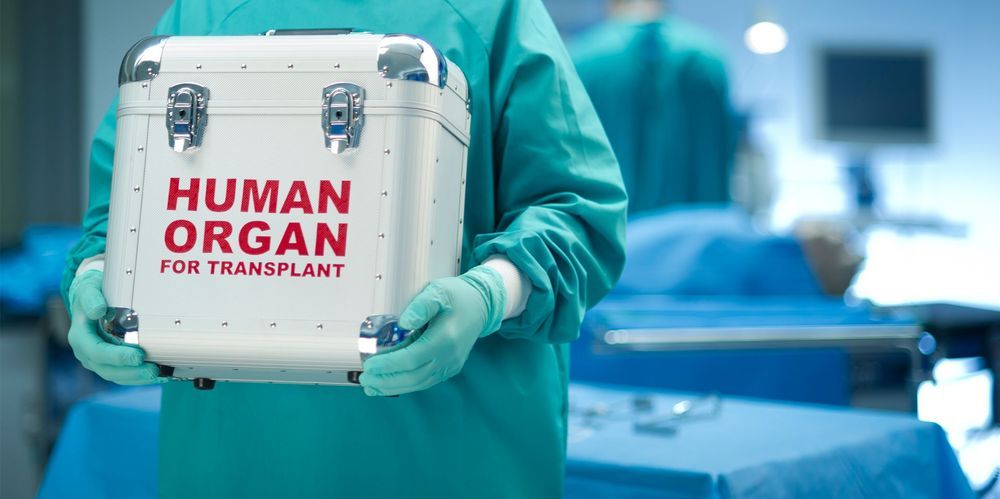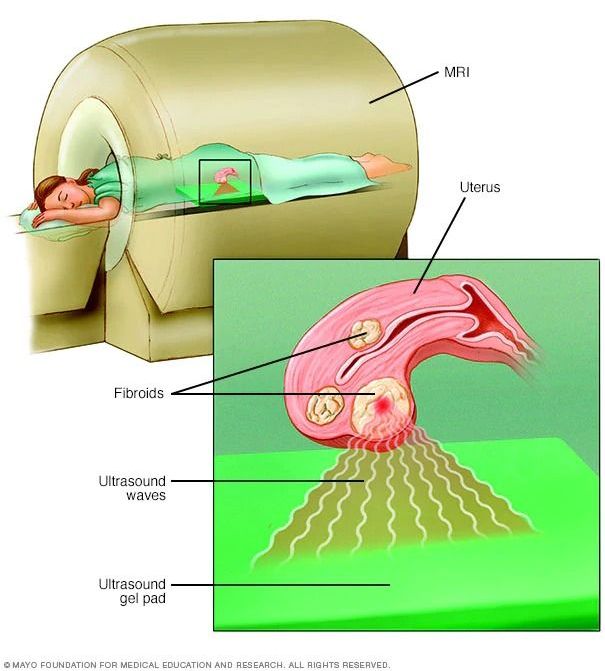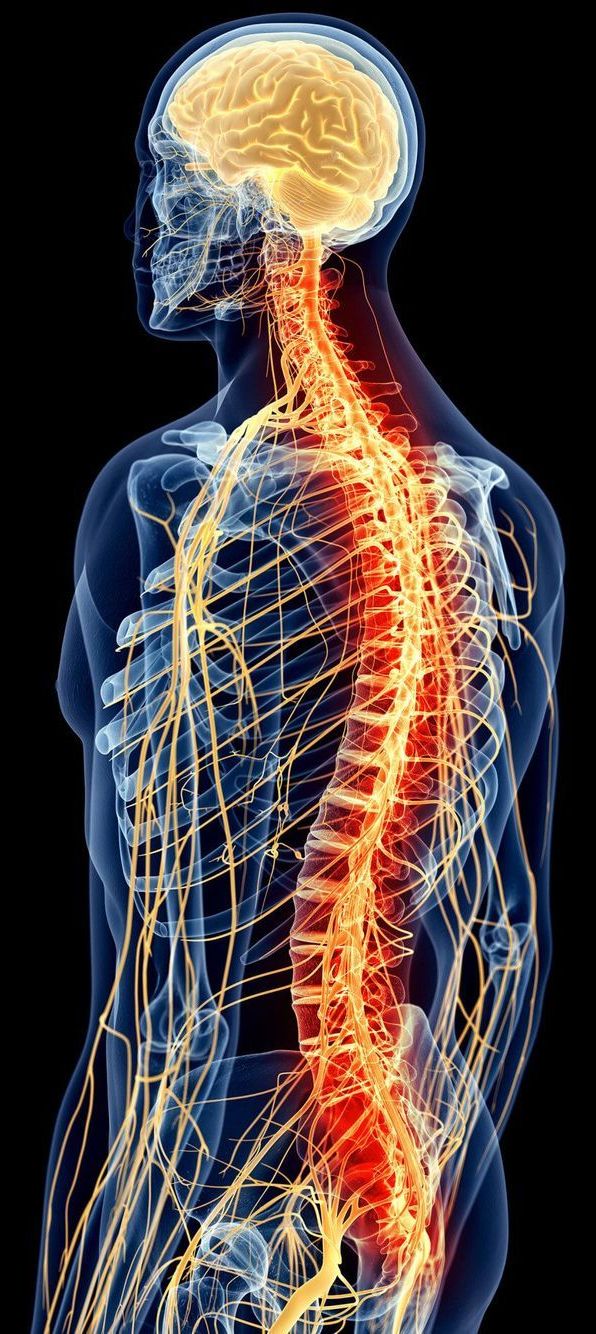Brain cancer remains challenging to diagnose, due to nonspecific symptoms and a lack of cost-effective tests. A new blood test that uses attenuated total reflection (ATR)-Fourier transform infrared (FTIR) spectroscopy in conjunction with machine learning technology, may help advance the detection of brain cancer.
The patented technology, developed by a team at the University of Strathclyde, uses infrared light to produce a “bio-signature” of a blood sample and applies artificial intelligence to check for the signs of cancer.
The research is published in Nature Communications in a paper titled, “Development of high-throughput ATR-FTIR technology for rapid triage of brain cancer.”
